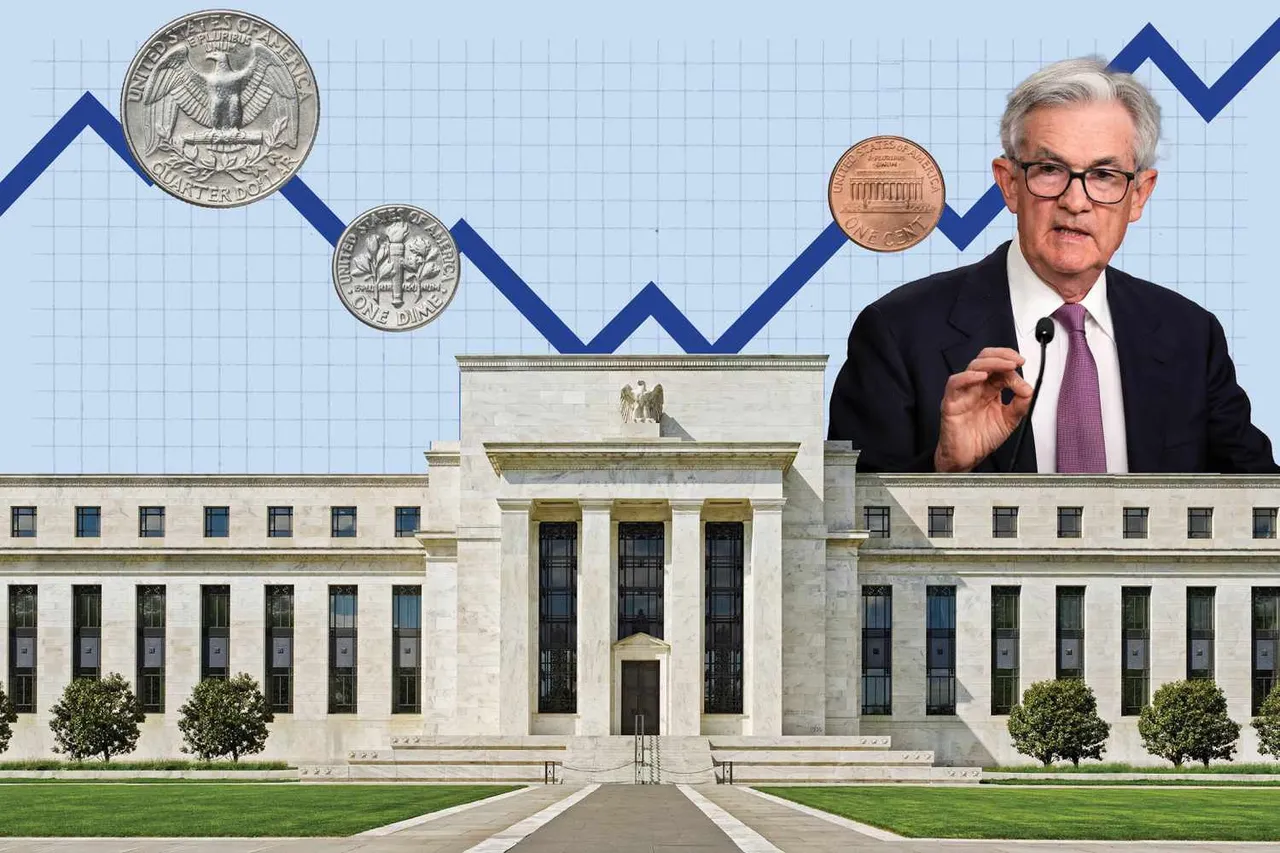Amid growing economic and political pressures, the U.S. Federal Reserve has decided to keep its benchmark interest rate unchanged within the current range of 4.25% to 4.5%, a move made despite repeated calls from President Donald Trump to lower rates in order to stimulate the economy. This decision did not come as a surprise to markets, as the Fed has not made any rate cuts since last December.
This step comes at a time when the U.S. economy is showing mixed signals. Data from the Department of Commerce revealed that retail sales declined more than expected, while jobless claims rose to 248,000 — the highest level in eight months. Nonetheless, the unemployment rate remains stable at 4.2%, reflecting a degree of balance in the labor market despite signs of slowing.
On another front, the Fed is facing new challenges regarding inflation. The latest price reading showed a 2.1% increase for the month of April, while economists expect inflation to reach 3.1% by the end of 2025 — exceeding the Fed's 2% target. Additionally, GDP growth is expected to slow to 1.3% in 2025, down from a previous forecast of 1.9%.
The complexity of the economic landscape is not limited to domestic indicators; it also stems from the trade policies of the current administration led by Trump, who has reimposed high tariffs on imports. Geopolitical tensions in the Middle East — particularly between Israel and Iran — have also led to a renewed rise in oil prices, further fueling inflation risks in the coming months.
As the Fed confronts these challenges, Trump insists that the time has come to lower interest rates to stimulate growth. He expressed his dissatisfaction with Federal Reserve Chair Jerome Powell and even suggested he might "appoint himself" as head of the central bank, though he acknowledged that Powell's term will expire in nine months.
In this context, it appears that the Fed is adopting a "wait and see" approach, resisting political pressure and avoiding hasty decisions, preferring instead to collect more data before taking action. Analysts anticipate the Fed may implement two quarter-point rate cuts before the end of 2025 — if current trends of slowing growth and controlled inflation continue.
Ultimately, this scenario reflects the delicate balance that monetary authorities are trying to maintain between price stability and supporting the labor market, in a highly volatile economic and political environment both domestically and internationally.
Source 1
Source 2
